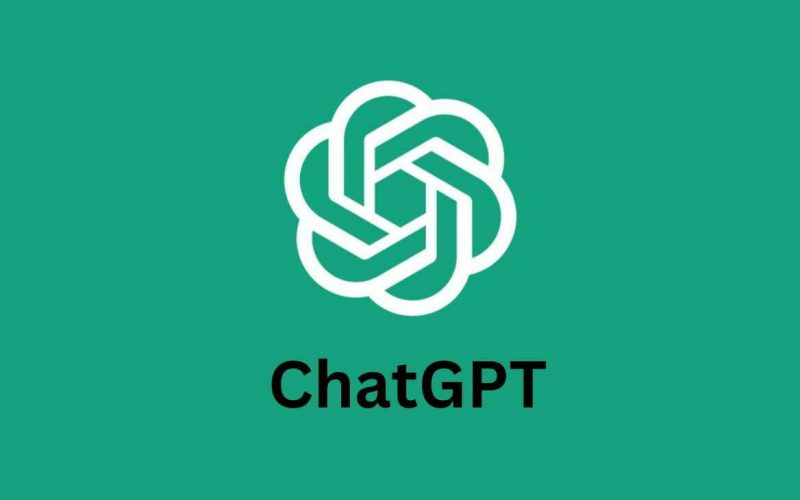The GPT (Generative Pre-trained Transformer) architecture and training process are fundamental to understanding how GPT chat models work. Here’s an overview of the GPT architecture and its training process:
- Transformer architecture: GPT models are built using a Transformer architecture, which is a type of neural network specifically designed for processing sequential data like text. The Transformer architecture consists of encoder and decoder layers that enable efficient understanding and generation of text.
- Self-attention mechanism: The Transformer architecture utilizes a self-attention mechanism, also known as the scaled dot-product attention. This mechanism allows the model to weigh the importance of different words in a sentence and capture their dependencies. It helps the model understand the context and relationships between words, leading to more coherent and contextually relevant responses.
- Layer stacking: GPT models consist of multiple layers of encoders. Each layer has its own set of self-attention and feed-forward neural network sub-layers. Stacking multiple layers allows the model to capture increasingly complex patterns and dependencies in the input text.
- Positional encoding: Since Transformers don’t inherently encode the order of words in a sequence, GPT models incorporate positional encoding. Positional encoding provides information about the position of words in the input sequence, enabling the model to understand the sequential nature of the text.
- Pre-training: GPT models undergo a pre-training phase where they learn from a large corpus of publicly available text data. The pre-training process involves predicting the next word in a sentence given the context of the preceding words. By training on a massive amount of text data, GPT models learn grammar, syntax, and semantic relationships between words.
- Masked language modeling: In addition to predicting the next word, GPT models also engage in masked language modeling during pre-training. This involves randomly masking out words in a sentence and training the model to predict the masked words based on the context. This helps the model learn to fill in missing words and improves its understanding of sentence structure.
- Fine-tuning: After pre-training, GPT models are fine-tuned on specific tasks, such as chatbot dialogue generation. Fine-tuning involves training the model on a more specific dataset, often with human-generated conversations, to adapt it to the desired application. During fine-tuning, the model learns to generate contextually appropriate responses to user inputs.
- Transfer learning: GPT models leverage the concept of transfer learning, where knowledge gained during pre-training is transferred to a specific task through fine-tuning. This allows GPT chat models to benefit from the broad understanding of language acquired during pre-training and adapt it to chatbot dialogue generation.
The GPT (Generative Pre-trained Transformer) architecture is a state-of-the-art language model that is designed to generate coherent and contextually relevant text based on the input it receives. It utilizes the Transformer architecture, which is a deep learning model that incorporates self-attention mechanisms to capture relationships between words in a sentence.
The training process of GPT models typically involves two main steps: pre-training and fine-tuning.
- Pre-training: In this initial phase, the model is trained on a large corpus of text from the internet or other sources to learn patterns, relationships, and semantic understanding of language. The training data is typically used to predict the next word in a given sequence, thereby teaching the model to generate coherent and contextually appropriate responses.
To address computational limitations, a variant of unsupervised learning called “masked language modeling” is often used. In this approach, certain words in the training data are masked, and the model is trained to predict the masked words based on the surrounding context. This helps the model learn to understand and complete sentences.
- Fine-tuning: After the pre-training phase, the model is fine-tuned on specific tasks or datasets to make it more applicable for specific use cases. Fine-tuning involves training the model on a smaller dataset with task-specific annotations or objectives. This process helps the model learn to generate responses specific to a particular domain or task.
During the training process, the GPT model learns to generate text by capturing patterns, semantics, and context from the training data. The self-attention mechanism allows the model to focus on different parts of the input text, enabling it to understand long-range dependencies and capture the relationships between words.
The size of the training data, the model architecture, and the computational resources used for training all impact the performance and capabilities of the GPT model. Larger models trained on more extensive datasets tend to produce more accurate and contextually appropriate responses.
It’s important to note that while GPT models are powerful language models, they are not able to understand the world in the same way humans do. They rely on patterns in the data they are trained on and can sometimes generate responses that, while syntactically correct, may not always be accurate or contextually appropriate. Careful monitoring and review are necessary to ensure the generated responses align with the desired objectives and guidelines.
The GPT architecture and training process enable GPT chat models to generate human-like text responses that are contextually relevant and coherent. The self-attention mechanism, layer stacking, and pre-training on vast amounts of text data contribute to the model’s ability to understand and generate natural language responses.
